First off, some answers to questions that may or may not pop up:
Launchpad? Isn't there a development board by Texas Instruments with the same name?
- Yes, of course. However, I didn't know that at the time I was designing and ordering the PCBs for version 1.0 (public knowledge of microcontroller development boards isn’t that widespread where I’m from). I deliberated on Launchpad because I’m very interested in spaceflight and that I also envision this project to one day help people have an easy and cheap starting point to turn their ideas and dreams into reality.
Are you planning to sell these?
- Well, probably. If there is demand I probably will. However, I surely will not be able to sell these at the $2 price mentioned since that only covers the cost of the components and does not include labor and assembly. I’m still assembling boards via hand-soldering so it will take a bit of time and effort to produce.
Open source?
- Yes, I will release the design files eventually once I'm happy with a version I deem "releasable" or of course (with regards to the first question), I will be obliged to release the design files either way if I put these up for sale since this is indeed a derivative work.
Introduction
With the rise of technology use and the predicted arrival of Industry 4.0, it has been said that an interdisciplinary workforce will soon be vital as advanced technology becomes more and more integrated into our daily lives. Thus, it becomes apparent that knowledge in technology and programming must become a basic life skill. A great way to help aid in this endeavor is by creating low-cost learning tools for electronics that can be easily accessible to anyone, especially those living in poverty.
The goal of this project is to design and create a low-cost (and probably commercially viable) microcontroller development board that is targeted towards both beginners and experts alike; improves upon the Arduino Uno and Nano; and only costs as little as $2 to manufacture. The board should also be intuitive and easy to use for basic education applications.
This project is probably the first time I've ever designed a PCB (I won't make it a secret that I am relatively new with... all of this). Thus, I had to read up a lot on PCB design, concepts, and stuff regarding working with EDA's. Considering this, I'm very proud of my work and I'm glad to share it all with you.
Special thanks to Spence Konde (DrAzzy) for creating megaTinyCore that enabled the board to have full Arduino IDE support and for being accommodating and friendly in assisting me with all the issues I have encountered along the way and answering some of my (sometimes dumb) questions.
Current Version (Version 1.0)
Features:
- Breadboard-friendly pinout
- Micro USB type B connector
- Microchip ATtiny1616
- 20MHz clock speed
- 16kB of flash memory
- 2kb of RAM
- 256 bytes of EEPROM
- 18 I/O pins (1 is currently configured as the reset pin)
- 8 PWM outputs (8-bit resolution)
- 12 analog inputs (10-bit resolution)
- 1 true analog output (0 - 4.3V)
- UPDI programming interface
- 1 UART
- 1 SPI
- 1 I2C
- Configurable custom logic (CCL) pins
- tinyAVR 1-series architecture (similar to the megaAVR 0-series chips on the Arduino Nano Every and Uno WiFi rev2 boards)
- OptibootX bootloader
- CH340G USB to serial converter
- AMS1117 5V LDO voltage regulator
Pinout
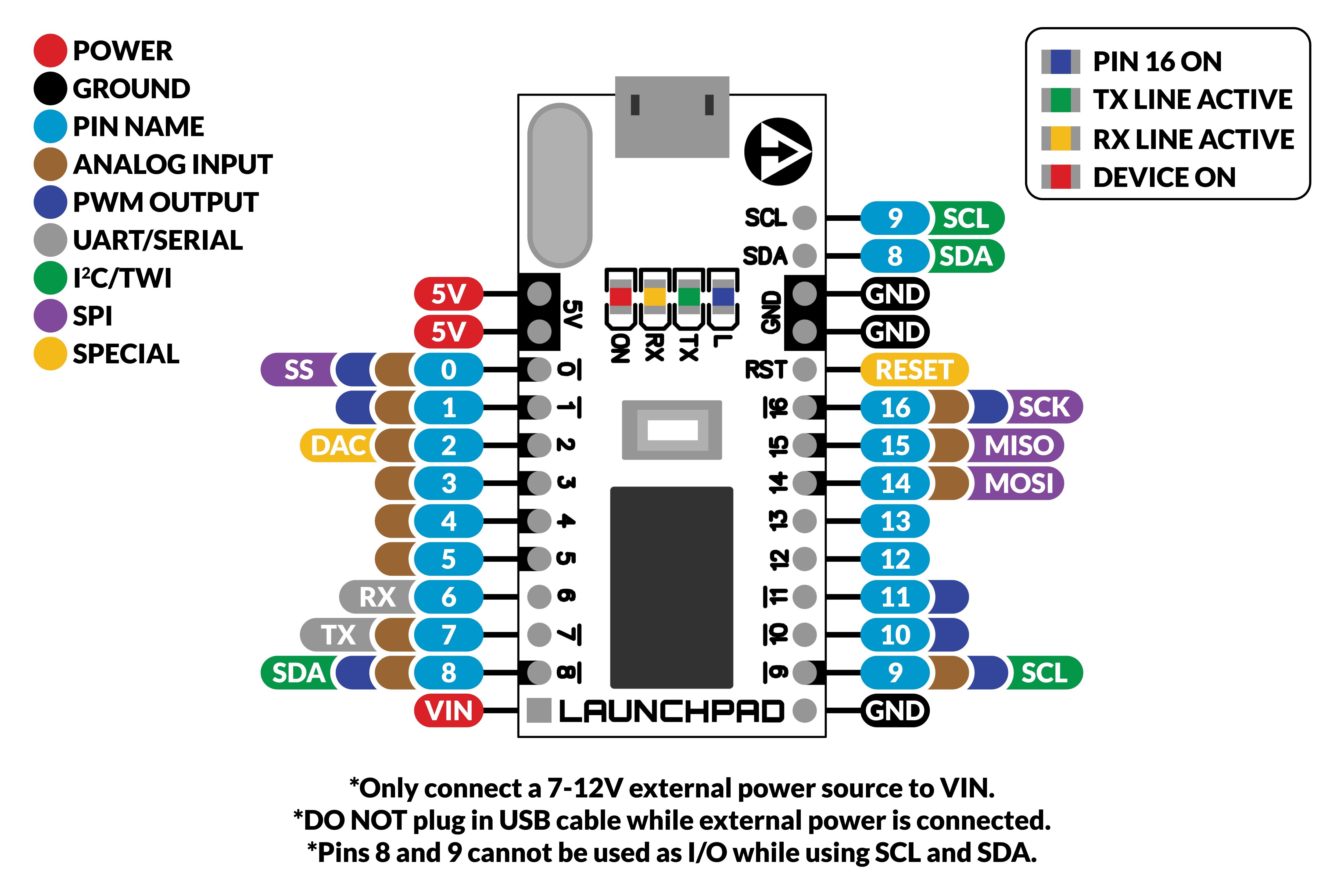
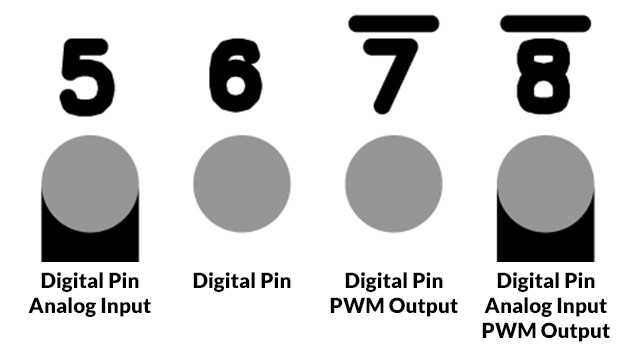
With the first version, I have already achieved (although quite barely) my goal of having a $2 total cost in components, PCB, and shipping fees per unit. The thing to note here though is that it is a unit price - since buying components is always done in bulk and panelizing the PCB is the best way to achieve low unit prices, the $2 price is only true in a production run with a minimum of 100 boards. The version 1.0 board itself isn't that complicated. It's basically a Chinese Nano clone schematic modified to be able to use the ATtiny1616 microcontroller instead (and fix some quirks...
Read more » Clyde D. Corpuz
Clyde D. Corpuz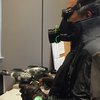


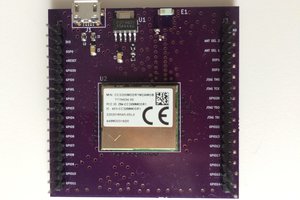
 Jackson Keating
Jackson Keating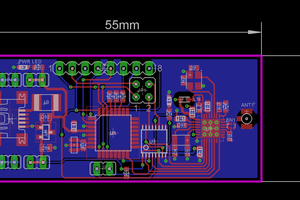
 technolomaniac
technolomaniac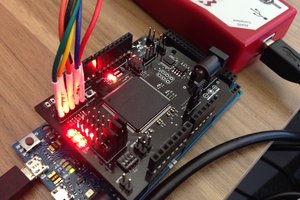
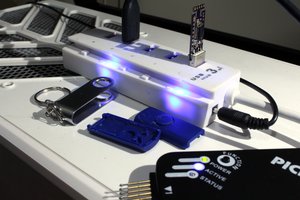
 Jarrett
Jarrett
FInd yoru love on best dating site -----> https://yxjew.ads4trck.com/c/56866bb9cf1af2d5